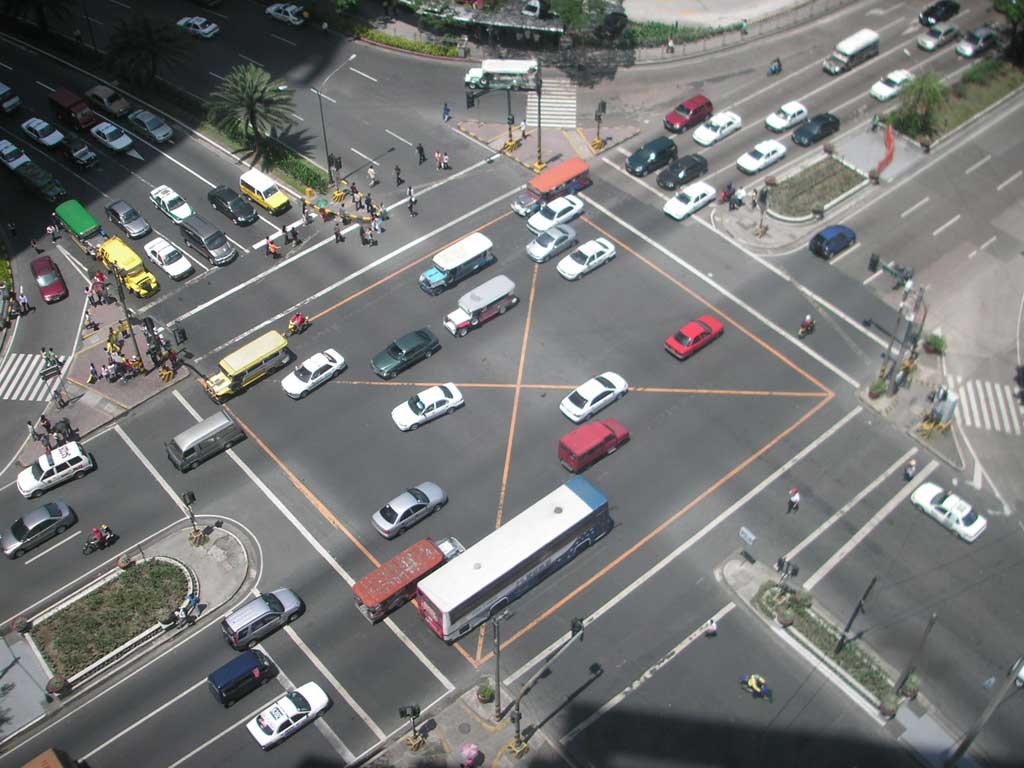Industry Offers EU Input on Smart Transport SystemsIndustry Offers EU Input on Smart Transport Systems
The report calls for coordinated deployment of cooperative intelligent transport systems in the EU: “The technology is ready, the industry is already deploying C-ITS-equipped vehicles in other parts of the world and (has) announced to be ready to deploy in the EU by 2019.”
March 2, 2016

OTTAWA – The European Commission is incorporating the latest guidance from the European auto industry into its plan for rolling out connected cars across the European Union, drawing on advice from manufacturers favoring swift, coordinated deployment.
A key point in a report published in January by the EC, the EU’s executive branch, calls for installation of cooperative intelligent transport systems (C-ITS) allowing vehicles to communicate with other vehicles, other road users, traffic signals and roadside infrastructure.
“In 2016, the Commission plans to further work on the digitization of transport,” an EC spokesperson says. Using recommendations of the auto-industry groups contributing to the report, called a “platform for the deployment of cooperative intelligent-transport systems,” the EC will prepare a master plan for the deployment of C-ITS to be ready by midyear, the spokesperson tells WardsAuto.
Other EC initiatives will include promoting multimodal travel information and the interoperability of electronic tolling systems.
The work follows and will be informed by the January report that was drafted by representatives from, among others, the International Road Federation, PSA Peugeot Citroën, German Automobile Club, European Transport Safety Council, BMW Group and the ACEA, the European automakers’ organization.
The report stresses the need for coordinated action to deploy C-ITS in the EU: “A unique legal and technical framework is essential…the technology is ready, the industry is already deploying C-ITS-equipped vehicles in other parts of the world and (has) announced to be ready to deploy in the EU by 2019, provided that the abovementioned framework is in place sufficiently in time.”
Building Blocks
The report cites a list of services that should be available in the short term based on the benefits they offer and the maturity of the technology. These include warnings about upcoming slow or stationary vehicles and traffic, weather conditions and approaching emergency vehicles, as well as in-vehicle speed-limit signage.
Other technology that could follow these, but whose specifications or standards need additional work, include information on fueling and charging stations for alternative-fuel vehicles, off-street parking information and traffic information.
The report also highlights the need for C-ITS security, given the threats posed by hackers and cybercriminals: “Security is paramount to the deployment of C-ITS in the EU. No security, no C-ITS.”
Regarding legal liability involved in the use of C-ITS, the report notes there should be no changes as the first services expected to be rolled out will be for information purposes. This means the driver always remains in control of the vehicle. The report cautions, however, that consumers may become increasingly trusting of the technology.
It therefore recommends that automakers, service providers and public authorities use disclaimers where possible to raise awareness of the information’s potential limitations, “in particular regarding safety-critical messages and/or information provided in the absence of physical traffic signage.”
As vehicles become increasingly connected and automated, future C-ITS information could trigger an action from the vehicle. “It is recommended to re-evaluate the question of liability for these cases in the second phase of the C-ITS platform,” the report says.
One key obstacle to C-ITS deployment is that significant upfront investments are needed for both vehicles and infrastructure. The report recommends the EC continue financial support of deployment projects, and that these projects exchange results and experiences.
Continued developments in international cooperation on issues such as communication and spectrum issues, security and data protection also are crucial to fully benefit from C-ITS. The report urges the EC to expand cooperation on deployment practices at the government level with other regions including Canada, Australia and South Korea.
“Areas such as C-ITS security policy and harmonization of standards have already benefited from international cooperation with the U.S. and Japan since, respectively, 2009 and 2011,” says the report.
Commenting on the rollout of this new technology, ACEA notes intelligent transport systems could improve the way vehicles interact with each other and with road infrastructure, such as traffic signals, a spokesperson says.
“ITS and connected-car technology have the potential to make a significant contribution to societal goals such as increasing the efficiency of road use, improving safety, reducing fuel consumption and bringing down (carbon-dioxide) emissions further in the future,” he observes.
However, ACEA warns more planning is needed to ensure the effective rollout of ITS, citing outstanding technical questions, the need for standards to ensure interoperability across Europe and a need for investments.
“A proper business case still needs to be defined and the necessary financial instruments for investment in roadside infrastructures are still lacking,” the spokesperson says. “The European Commission’s C-ITS initiative is regarded by ACEA as an important platform to foster dialogue between all stakeholders on these issues.”
Read more about:
2016About the Author
You May Also Like